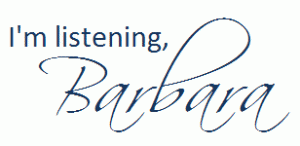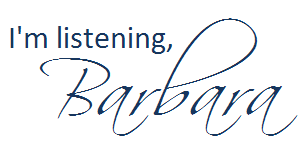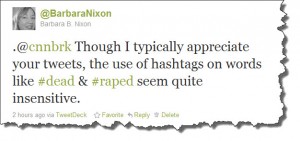An Open Note to All of Prof. Nixon’s Students :

We’re almost off and running in our Spring Semester classes at SEU & FSC. You can see all my Spring 2001 Syllabi in my Scribd collection. If a syllabus is updated during the semester, you’ll find out in class, and the current version will aways be available at Scribd.
So that we can make the most of this semester, please (Please, PLEASE) take some time to read through the blog posts I’ve included here. I promise you, it will be well worth your time. (How often do professors let you get inside their heads, letting you know their tips for success and their pet peeves?)
- Prof. Nixon’s Teaching & Learning Philosophy
- Shhh. Here are Nine Ways to Annoy Prof. Nixon
- Keeping Organized by Using Google Calendar
- How to Fail a Class (Without Really Trying)
- Ten Ways NOT to Prepare for College Advising
- My End of Semester Rant, Kinda
Additionally, here are a few more tips:
- When communicating with me via e-mail (or Facebook), always put your course number (such as COMM 4333) in the subject line to help me immediately identify who you are and frame your questions or comments. Do your best to write in full sentences, paying attention to standard English grammar and spelling. Always sign your e-mails with your first and last name, as your e-mail address will not make that readily apparent to me.
- When submiting an assignment in BlackBoard, always put your last name as part of the file name, and also include your name in the document itself. Papers submitted without your last name as part of the file name cannot earn full credit.
- If an assignment is due in BlackBoard, the only way to get full credit for the assignment is to submit it in BlackBoard. (E-mailing an assignment to me can be risky; I receive 250+ e-mails a day, and there’s a chance I will not even see it in my inbox.)
- Follow me on Twitter, if you really want to get inside my head. (What’s Twitter?)
Let’s make this a great semester together!
(PS: If you’re one of my students reading this post, please leave a reply to this post so that I can know you have read it. If your reply doesn’t show up immediately, no worries — I may need to approve it before it appears, if you’ve never commented on my blog before.)





 The savings aren’t quite as dramatic for some of my other classes, but it’s still a smart option to investigate.
The savings aren’t quite as dramatic for some of my other classes, but it’s still a smart option to investigate.






